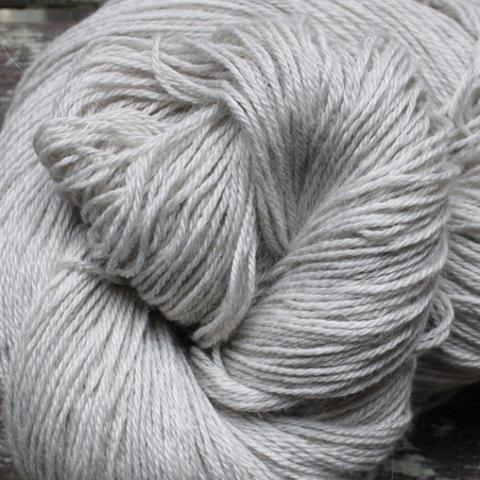Exploring the Origins of cashmere and Its Role in Contemporary Fashion
Exploring the Origins of cashmere and Its Role in Contemporary Fashion
Blog Article
Comprehending the Various Sorts Of Cashmere an All-natural Fiber and Their Distinct Benefits

The Beginnings of Cashmere: A Historical Introduction
While the extravagant touch of cashmere proceeds to appeal contemporary customers, its origins map back to the rough, cool climates of Mongolia and the Mountain ranges. For centuries, the aboriginal peoples of these regions have been elevating Capra Hircus goats, the prime source of cashmere woollen. These goats, resistant against the serious winters, grew a great undercoat to survive, which later came to be referred to as cashmere. The name itself admires Kashmir, a region in India where the woollen was originally processed. Much of the early cashmere trade path was helped with by the Silk Roadway, linking Asia with the Center East and Europe. In spite of its global spread, the finest cashmere is still thought to stem from the initial areas of Mongolia and the Mountain Ranges.

The Manufacturing Process: From Goat to Garment
Shearing a Capra Hircus goat notes the creation of the elaborate cashmere manufacturing process. This fragile procedure generally occurs yearly throughout springtime. The penalty, soft undercoat is then divided from the coarser external hair, a process referred to as dehairing. The resultant raw cashmere is after that cleaned to get rid of impurities such as dust, veggie, and oil matter.
The tidy fiber is subjected to coloring, spinning, and weaving, or knitting, to change it into a material. Complicated treatments like quality assurance checks and finishing processes follow, making certain completion product preserves the lavish criterion anticipated of cashmere. This painstaking process, from goat to garment, justifies the high cost affixed to cashmere items, making them an icon of deluxe and improvement.
The Various Kinds Of Cashmere: A Thorough Evaluation
The Special Advantages of Cashmere: Comfort and Sustainability
Relocating from the range of cashmere kinds to the advantages they supply, comfort and sustainability stand out prominently. Cashmere, a natural fiber, is renowned for its unparalleled gentleness, giving a level of convenience that synthetic fibers can't match.
When it pertains to sustainability, cashmere is eco-friendly and biodegradable, as it's harvested from cashmere goats who regrow their coats each year. what is cashmere. Unlike artificial fibers which can take centuries to break down, cashmere's effect on the environment is very little. Look At This This mix of comfort and sustainability makes cashmere a valuable choice for aware customers

Caring for Your Cashmere: Upkeep and Preservation Tips
While cashmere is unquestionably a glamorous and sustainable option, it requires particular care to keep its high quality and expand its lifespan. To start, cashmere must be hand washed using cold water and a light cleaning agent. Prevent wringing the garment or turning as it can damage the fibers. Rather, gently press out excess water and lay it level on a towel to dry. In addition, cashmere things should be saved in a dry and awesome place, away from straight sunlight and wetness. Utilizing moth repellents can safeguard these garments from prospective damages. It's advisable to stay clear of hanging cashmere to prevent extending. Rather, layer and shop them correctly to maintain their shape and top quality with time.
Investing in Cashmere: Understanding Its Worth and Well Worth
Although cashmere may initially feel like a pricey investment, its long-lasting worth and worth come to be obvious when you consider its impressive high qualities. Known for its exceptional softness and warmth, cashmere is a costs all-natural fiber that exceeds other materials. Its high need and limited supply add to its high rate, yet its durability guarantees it lasts for years, supplying outstanding worth for money. Cashmere pieces are ageless, usually coming to be antiques passed down with generations. what is cashmere. Its all-natural insulating residential or commercial properties offer heat without the bulk of artificial fibers. Buying cashmere, as a result, is not simply about existing style patterns, but regarding embracing a lasting, lasting, and elegant way of living.
Conclusion
In summary, the kind of cashmere one selects, be it Mongolian, Chinese, or Italian, is page determined by specific choices for heat, sustainability, budget, and high-end. Comprehending the beginnings, production procedure, and special advantages of various types of cashmere can guide consumers in their financial investment in this glamorous natural fiber.
Whether it's the remarkable heat of Mongolian cashmere, the cost of Chinese cashmere, or the eco-conscious production of Italian cashmere, there's a story to be found behind each fiber kind. Cashmere, an all-natural fiber, is renowned for its unrivaled gentleness, giving Learn More a degree of convenience that synthetic fibers can't match.When it comes to sustainability, cashmere is renewable and naturally degradable, as it's harvested from cashmere goats who regrow their layers each year. Recognized for its unequaled gentleness and warmth, cashmere is a premium all-natural fiber that exceeds various other products. Recognizing the beginnings, manufacturing process, and one-of-a-kind advantages of different kinds of cashmere can direct consumers in their investment in this lavish natural fiber.
Report this page